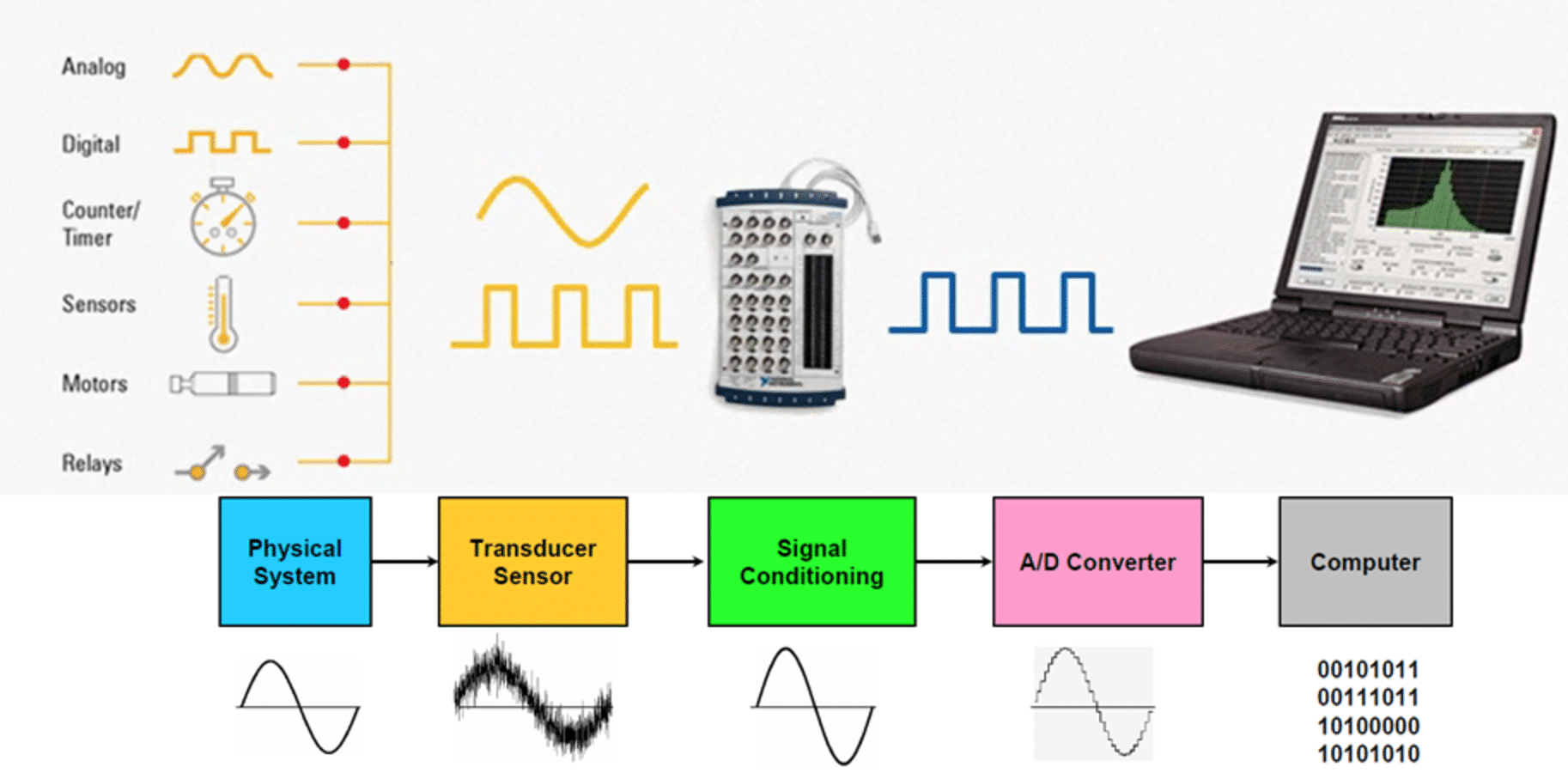Unlocking Insights: The Power of Data Acquisition Systems
Unlocking Insights: The Power of Data Acquisition Systems
Blog Article

In today's fast-paced, data-driven world, the ability to harness and analyze information is more crucial than ever. Data Acquisition Systems play a pivotal role in this process, serving as the backbone for collecting, measuring, and interpreting data across various industries. From environmental monitoring to industrial automation, these systems enable organizations to transform raw data into actionable insights, leading to informed decision-making and optimized performance.
Understanding the intricacies of Data Acquisition Systems opens a door to numerous possibilities for innovation and efficiency. By providing the tools needed to gather real-time data from diverse sources, these systems empower businesses to enhance their operations, improve product quality, and foster a culture of continuous improvement. As we delve deeper into the realm of data acquisition, we uncover the potential for unlocking insights that drive success in an increasingly competitive landscape.
Understanding Data Acquisition Systems
Data Acquisition Systems, or DAS, play a crucial role in collecting, measuring, and analyzing data from various sources. These systems are designed to capture real-time data from sensors, instruments, and other devices, converting this information into a format that can be easily understood and analyzed. By integrating hardware and software components, DAS enables users to monitor processes, manage resources, and make informed decisions based on accurate and timely data.
The architecture of a Data Acquisition System typically includes sensors that gather physical measurements such as temperature, pressure, or humidity. These sensors are connected to an interface that converts the data into digital signals for processing. From there, sophisticated software applications allow users to visualize, store, and analyze the data. This setup is essential across various fields, including manufacturing, environmental monitoring, and healthcare, as it enhances the overall efficiency and reliability of data collection.
Start Now
Moreover, the versatility of Data Acquisition Systems has led to their adoption in diverse applications. Whether it is monitoring equipment performance in an industrial setting or conducting research in a laboratory, DAS systems provide the flexibility to integrate with various devices and technologies. As industries continue to embrace automation and data-driven decision-making, the importance of DAS in facilitating accurate data collection and analysis cannot be overstated.
Key Components and Technologies
A Data Acquisition System consists of several key components that work together to collect, measure, and analyze data from various sources. The primary elements include sensors, which are crucial for detecting physical phenomena such as temperature, pressure, and voltage. These sensors convert the physical signals into electrical signals that can be processed. Additionally, signal conditioning equipment is employed to enhance these signals, ensuring they are suitable for analysis. This includes amplification, filtering, and analog-to-digital conversion, which transforms continuous signals into discrete digital data.
Another important element of a Data Acquisition System is the data storage and processing unit. This component is responsible for the collection and archiving of data, allowing for later analysis and retrieval. Advanced processing software is often integrated to facilitate real-time data analysis, enabling users to visualize and interpret the data effectively. This software can include capabilities for data logging, statistical analysis, and even machine learning algorithms to predict trends and patterns based on the acquired data.
Finally, communication interfaces play a vital role in a Data Acquisition System by ensuring seamless data transfer between system components and external devices. These interfaces can be wired or wireless, utilizing protocols such as Ethernet, USB, or Bluetooth, depending on the specific needs of the application. By integrating diverse technologies, a Data Acquisition System can achieve high flexibility and scalability, accommodating various industries from manufacturing to scientific research. This integration of components and technologies ultimately enables organizations to unlock valuable insights from their data.
Applications and Impact on Industries
Data Acquisition Systems are integral to a variety of industries, enabling organizations to gather and analyze critical data. In manufacturing, these systems monitor equipment performance, ensuring that machines operate within their optimal specifications. By collecting data on machinery conditions, manufacturers can predict failures before they occur, thus reducing downtime and maintenance costs. This proactive approach enhances productivity and efficiency in production processes.
In the fields of healthcare and environmental monitoring, Data Acquisition Systems serve a vital role in data collection from different sources. For instance, in healthcare, they can collect real-time patient data, such as vital signs, enabling timely medical responses. Similarly, in environmental monitoring, these systems track air and water quality, providing essential data that informs public health decisions and regulatory compliance. This widespread application demonstrates their capacity to support safety and well-being in society.
The impact of Data Acquisition Systems extends to research and development as well. In academia and scientific research, these systems facilitate complex experiments by recording vast amounts of data from various sensors. Researchers can analyze this data to make informed decisions and advancements in technology. The ability to harness data efficiently not only accelerates innovation but also drives economic growth by fostering new developments across diverse sectors.
Report this page